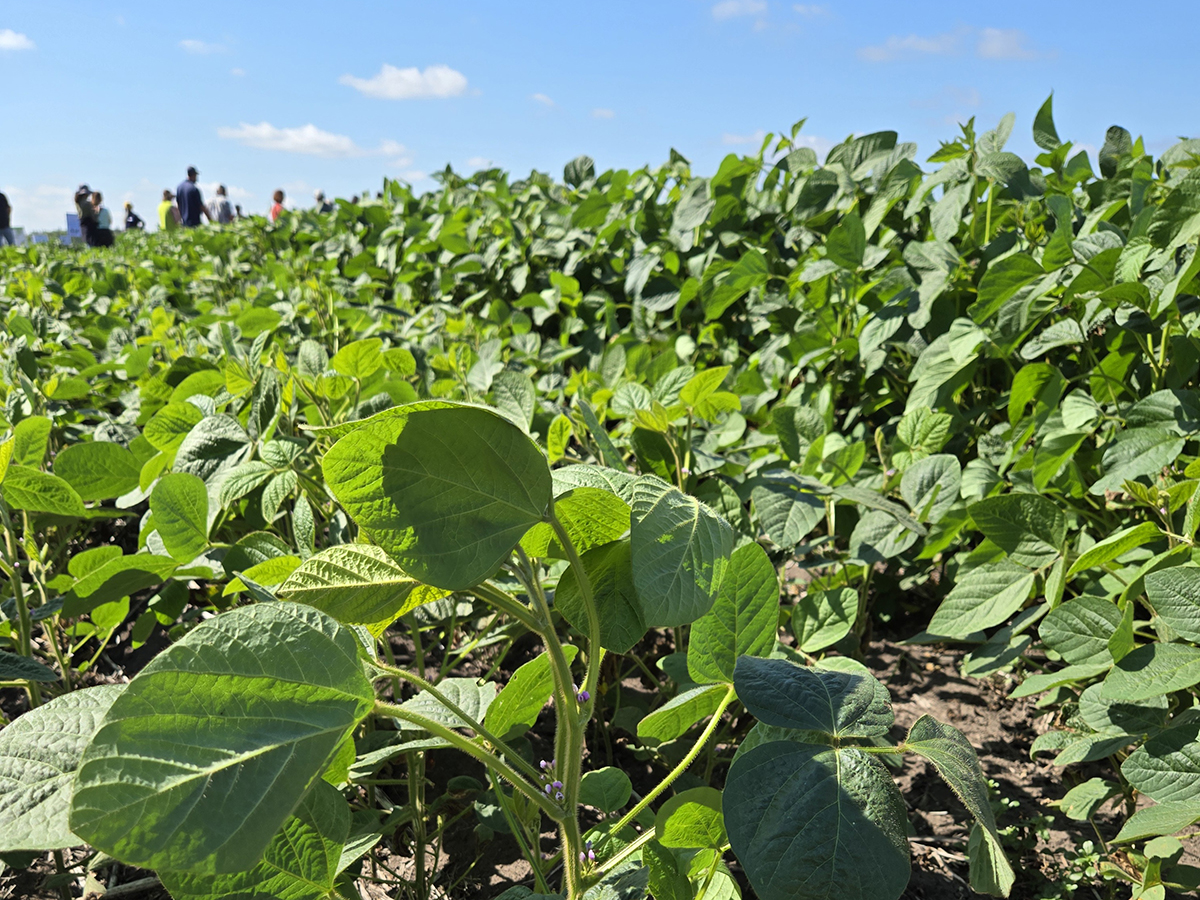Until last week, an unusual alliance of business people has kept close wraps around their hopes to establish what may be the largest agricultural investment on the Prairies.
But after a chance meeting between Hollywood actor Woody Harrelson and a reporter in the lobby of a Winnipeg hotel, the word is out.
Harrelson, well known for his dedication to ecological causes, revealed that he is working on an ambitious project with a team of young Winnipeg businesspeople and agricultural venture capitalist Clayton Manness.
They want to build North America’s first world-scale pulp mill that relies on straw rather than wood to make paper.
Read Also

Spider mites big soybean problem this season
Spider mite issues have been geographically limited but significant where they occur, said John Gavloski, an entomologist with Manitoba Agriculture.
With building costs estimated between $750 million and $975 million, investment in Prairie Pulp and Paper Co. would dwarf other major value-added announcements.
Bigger than normal
Maple Leaf’s new hog processing plant in Brandon, for example, cost $120 million.
The expensive and mothballed canola crushing plant at Ste. Agathe, Man., cost $40 million when it was built three years ago.
Even Project Horizon, Saskatchewan Wheat Pool’s plan to build and refurbish 22 grain handling facilities across the Prairies, cost only $270 million.
Manness, spokesperson for the project, was tight-lipped last week after Harrelson spilled the beans.
The group agreed to keep its plans private until they are sure they want to go ahead with the massive project.
“It’s the nature of the founders and the owners,” explained Manness last week in a terse interview. “This is still a long way away.”
Studying feasibility
Manness said the group has completed a major feasibility study, and now must examine the report. They plan to work with an engineering firm on the next stage of determining whether the project will fly.
They hope to be able to make an announcement about the project later this fall.
Manness declined to talk about how much cereal, flax and hemp straw the plant might require, and how much paper it could produce.
He admitted the company’s proponents are working against some advice and conventional economic wisdom, but declined to say why he thinks the project may fly.
Manness said he hopes Manitoba farmers – near a community he would not name – will benefit from the project by getting paid for their straw, should the project go ahead.
But the mill will come too late for farmers hoping to find a market for straw stockpiled from a failed hemp venture, he said.
“We’re talking years here, (before the plant is up and running), we’re not just talking a few months,” he said.














